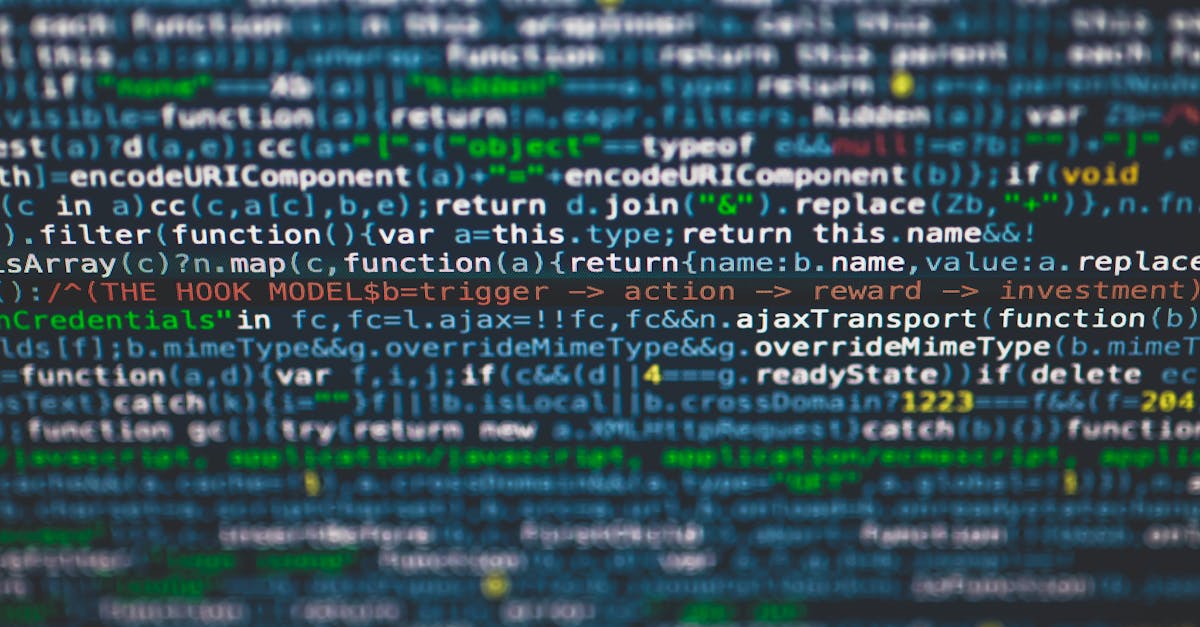
Introduction
Contracts shouldn’t slow your business down—but they often do. Distributed teams, multiple stakeholders across time zones, and endless back‑and‑forth meetings create missed deadlines, hidden risk, and a pile of untracked redlines. This introduction unpacks how a simple shift to asynchronous review and clear handoffs cuts cycle time, reduces context switching, and preserves an auditable trail so legal, compliance, and business owners can move forward with confidence.
Document automation and lightweight AI play a central role: searchable clause libraries, auto‑redlines, and risk tagging let routine terms be handled automatically while surfacing exceptions for human review. Below we walk through practical design patterns—versioning and comment→redline handoffs, time‑boxed review windows—plus integrations (CLM ↔ email/Slack/e‑signature), template use cases, and SLA metrics you can put into practice to make an effective remote workflow for your legal team.
Why asynchronous review is critical for distributed legal teams and global stakeholders
Asynchronous review is the backbone of an effective remote workflow for legal teams that span time zones and locations. When stakeholders are spread across regions, real‑time meetings become costly and slow down decision cycles. Async review lets reviewers pick up work in their local business hours while maintaining a clear audit trail.
Benefits for a distributed team workflow:
- Time‑zone friendly — reviewers contribute without waiting for overlapping hours.
- Fewer meetings — reduces context switching and meeting overhead for remote work.
- Clear record — comments, decisions, and redlines are preserved for compliance and handoffs.
Use asynchronous communication strategies — short, contextual comments, tagged reviewers, and time‑boxed review windows — to reduce ping‑pong and keep contracts moving. This approach supports virtual workflow patterns and telecommuting productivity tips, while making remote collaboration predictable and measurable.
Design patterns for async contract workflows: versioning, comment→redline handoffs, time‑boxed review windows
Versioning is non‑negotiable. Use immutable baseline versions (V1, V2) and a clear naming convention so everyone knows what is current. Store a single source of truth in your CLM or document repository to avoid multiple copies floating around.
Comment → redline handoffs
- Phase 1 — Comment: broad commercial questions and risk flags; no line edits.
- Phase 2 — Redline: precise language changes after commercial terms are agreed.
- Phase 3 — Accept/Reject: final sign‑off and execution.
Time‑boxed review windows shorten cycle time. Set fixed windows (e.g., 24–48 hours) for each reviewer and communicate them in the request. Combine with mandatory escalation rules if a reviewer misses the window.
Practical rules to enforce the pattern:
- Lock the document during redline phase to prevent parallel edits.
- Use automated version tags and change summaries so reviewers can quickly scan deltas.
- Assign a single owner responsible for moving the document to the next phase.
These design patterns make remote workflow best practices tangible and reduce ambiguity for a distributed team workflow.
How document automation and AI accelerate review: clause libraries, auto‑redlines, risk tagging and searchable clause metadata
Document automation and AI shrink review time and improve consistency in a remote work environment. Built clause libraries and pre‑approved language let commercial teams self‑serve routine terms while routing nonstandard clauses to legal.
Key capabilities:
- Clause libraries — searchable, versioned clauses with approved fallback language.
- Auto‑redlines — AI that suggests edits based on playbooks and previous approvals, reducing manual redlining.
- Risk tagging — automated flags for risky provisions (indemnities, IP, liquidated damages).
- Searchable clause metadata — enable queries like “show all contracts with Noncompete > 6 months.”
Use remote workflow tools and remote workflow software that integrate these features so reviewers see suggested edits, risk scores, and prior negotiation history inline. This is especially helpful for remote collaboration and digital workplace transformation: it replaces repetitive tasks and surfaces exceptions for human review.
When implementing automation, start with high‑value templates and build a feedback loop so the AI suggestions improve over time.
Integration patterns to keep momentum: CLM ↔ email ↔ Slack ↔ e‑signature and calendar reminders
Integrations are how asynchronous workflows maintain momentum across systems your team already uses. The right integrations remove manual status updates and reduce delays caused by missed notifications.
Common integration patterns
- CLM ↔ Email: transactional emails for new review requests, overdue notices, and final approvals.
- CLM ↔ Slack / Teams: brief, actionable notifications with direct links to the document for rapid context and quick comments.
- CLM ↔ E‑signature: auto‑send to signature after final approval and record signed documents back to the CLM.
- CLM ↔ Calendar: attach review windows to calendar events and include deadlines so asynchronous reviewers see timing in their schedules.
Technical tips:
- Use webhooks or built‑in connectors to push status changes immediately.
- Keep notifications concise and actionable — include reviewer, phase, and required by date.
- Leverage reminder cadence (initial, one reminder, escalation) to avoid over‑notifying.
These patterns support remote workflow tools and remote team management by giving stakeholders predictable touchpoints and removing the need for constant follow‑ups.
Practical template use cases: NDAs, service agreements, SaaS contracts and website development contracts
Templates are the fastest path to consistent, fast reviews in a work from home workflow. Start with a small set of high‑volume templates and refine based on negotiation patterns.
Common templates and how to use them
- NDAs — Use for early conversations; keep them short, with standard exceptions. (Example template: NDA.)
- Service agreements — Standardize payment terms, IP ownership, and termination. Keep a redlineable clause library for frequently negotiated commercial terms. (Example template: Service agreement.)
- SaaS contracts — Preapprove data, uptime, and liability buckets; automate the review for standard license terms. (Example template: SaaS contract.)
- Website development contracts — Include milestone payment templates and IP assignment schedules to avoid back‑and‑forth. (Example template: Website development.)
Use these templates as a base for remote workflow templates and remote workflow examples. Add clear approval paths and automated routing so a business owner can self‑serve low‑risk agreements while exceptions go to legal.
SLA, metrics and playbook: turnaround times, bottleneck detection, escalation rules
Operationalize async review with an SLA and a simple playbook. Define clear turnaround times for each phase so your remote workflow becomes predictable and measurable.
Recommended metrics
- Turnaround time (TAT) — average hours/days between assignment and first response.
- Cycle time — total time from draft to signature.
- Review depth — number of reviewers and number of iterations (redlines).
- Bottleneck detection — percent of reviews overdue and top blocking reviewers or teams.
Playbook essentials:
- Publish SLAs per document type (e.g., NDA: 24 hours, Standard service agreement: 48–72 hours).
- Automate reminders at 50% and 90% of the SLA window and escalate if overdue.
- Define an escalation path (owner → team lead → head of legal) with clear time limits.
- Maintain a ‘fast‑lane’ criteria for high‑priority deals or renewals.
Track these metrics in dashboards and run weekly reviews to spot process drift. This creates continuous improvement for your remote workflow software and helps your distributed team workflow stay predictable.
Summary
Asynchronous review, clear handoffs, and disciplined versioning are the pillars of faster, lower‑risk contract cycles: they cut meetings, reduce context switching, and preserve an auditable trail for legal and business teams. Pairing those design patterns with document automation — clause libraries, auto‑redlines, and risk tagging — lets HR and legal teams automate routine decisions while surfacing only true exceptions for human review. Implementing SLAs, simple escalation paths, and integrations (CLM ↔ email/Slack/e‑signature) makes a predictable remote workflow that scales as your company grows. Ready to streamline reviews and reduce cycle time? See how it works at https://formtify.app
FAQs
What is a remote workflow?
A remote workflow is a repeatable process for getting work done when contributors are distributed across locations and time zones. It combines clear phases, single sources of truth (like a CLM), and asynchronous communication so tasks progress without needing everyone online at once.
How do I design an effective remote workflow?
Start with simple, enforceable design patterns: immutable versioning, comment→redline handoffs, and time‑boxed review windows with a single owner. Add SLAs, automated reminders, and an escalation path so expectations are clear and cycle time becomes measurable.
Which tools are essential for a remote workflow?
Core tools include a CLM or document repository, document automation/AI for clause libraries and auto‑redlines, an e‑signature provider, and communication channels (email and Slack/Teams) with integrations. Calendar and notification hooks complete the stack so reviewers see deadlines in their normal workflow.
How do you handle handoffs across time zones in a remote workflow?
Use asynchronous review practices: tag reviewers, set explicit time‑boxed windows, and separate comment and redline phases to avoid parallel edits. Automate reminders and define an escalation path so missed handoffs are detected and ownership moves forward without ad‑hoc meetings.
Are remote workflows secure?
Yes — when built with access controls, role‑based permissions, encryption, and immutable versioning, remote workflows provide strong auditability and data protection. Choose vendors with robust security certifications and enforce internal policies for approvals and sensitive clause handling.





